All of my guests who have visited China notice the basics: delicious food, hospital people, beautiful landscapes, questionable hygiene, and ancient customs. One aspect of Chinese culture I often get asked about is tea culture. One specific part of the tea culture has been left untouched on AL.ME for years: Green Tea To-Go! So today I finally weigh in on an ancient custom that has been born through thousands of years of medical practice and remains a cornerstone in modern Chinese culture. Read More…


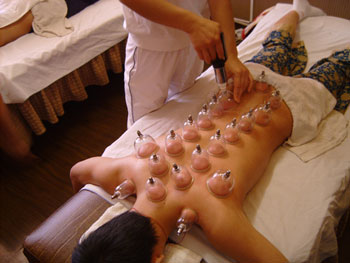
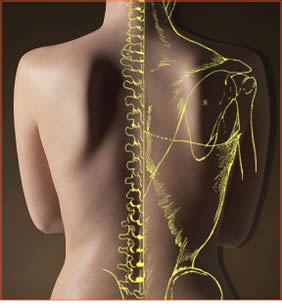

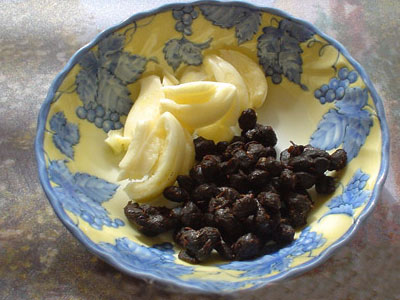
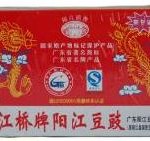
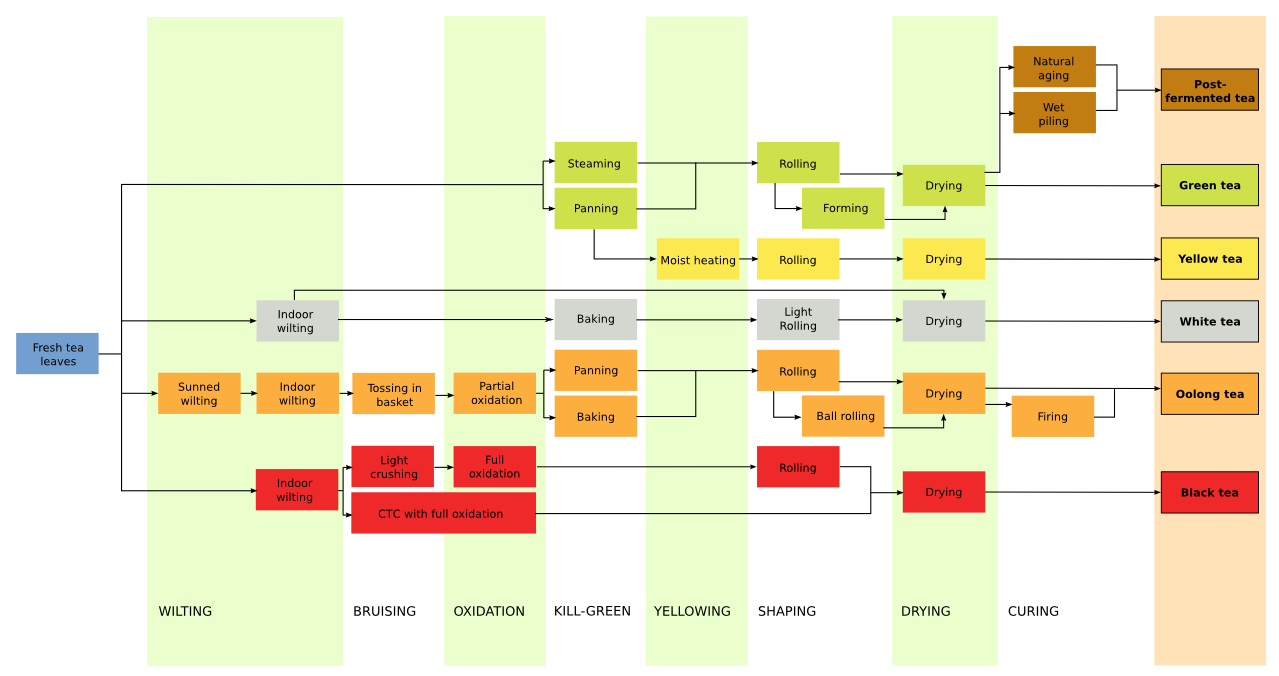
 Custom Search
Custom Search